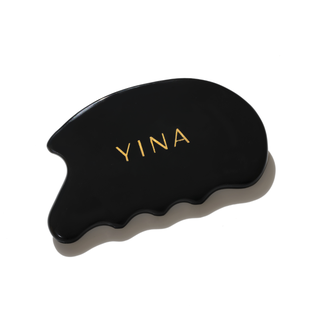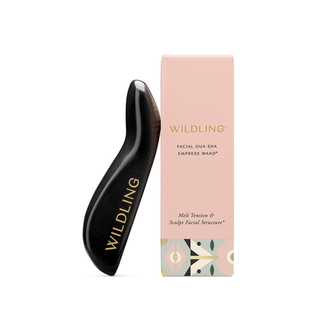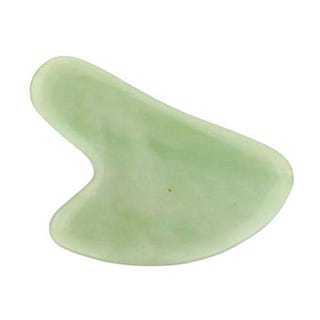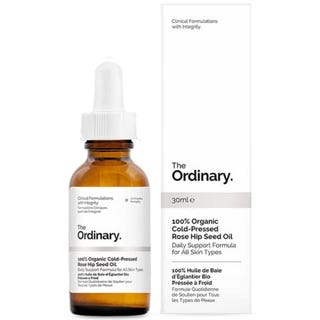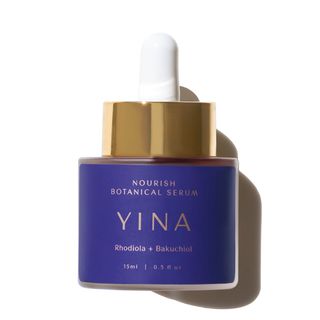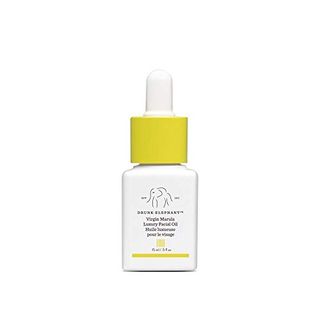Look to any social feed, and you’ll probably run into someone preaching about the skincare wonder that is gua sha. The longtime form of Traditional Chinese medicine has made its way
into the hands of, well, everyone—and for good reasons. With promises to increase blood circulation, depuff and tighten skin, it’s no wonder everyone is excited to get their hands on this tool.
But while it may look simple in a 30-second TikTok video, the history, benefits, and skills needed to get the most out of your facial tools needs a little more explaining, which is why we reached out to four skincare experts: Founders of YINA, Dr. Ervina Wu and Angela Chau Gray, CEO and Co-Founder of Pink Moon, Lin Chen, and celebrity aesthetician and dermatological nurse Natalie Aguilar for answers on all things gua sha. From how to use your gua sha, to what tools to avoid, it’s all here. Here’s what to know:
What is gua sha?
The soothing skincare practice has a centuries-old past. The form of traditional Chinese medicine has been used for over 4,000 years, Chen tells ELLE.com.
As for where it got its name in Chinese, gua means “to scrape,” and sha means “petechiae,” which are tiny, flat, red or purple spots on the skin. “It’s commonly used in Chinese medicine to scrape the skin—commonly on the upper back,” explains Wu and Gray. This technique helps “invigorate blood flow, release heat-toxins, stimulate lymphatic drainage, activate various points of the body, and stimulate an immune response bringing beneficial cells to the area.” In other words: you’re actively pressuring your skin to get rid of the unwanted toxins and liquids hiding underneath your skin.
What are the benefits of gua sha?
The traditional Chinese medicine practice can benefit you in a lot of ways, externally and internally as well. Some of its impressive results include:
- Increase circulation
- Relieve facial and muscular tension
- Breaking down fascia adhesions
- Helps with collagen production
- Shortens acute illnesses, like colds and the flu
- Reduces inflammation
- Aids in lymphatic drainage
Are there any side effects to using a gua sha?
While gua sha is generally considered safe, potential side effects can include soreness, bruising, and light discoloration. These side effects can happen if you’re applying too much pressure to the skin or your skin is dehydrated.
Wu and Grey highly recommend seeking out advice and learning the proper techniques from a qualified practitioner to avoid any side effects.
How should I use my gua sha?
Chen's step-by-step routine for gua sha is as follows:
- Before you start, make sure your face is clean and ready for oiling.
- Next, prep the skin with an emollient like a face oil or a balm that’s silky and doesn’t absorb right away to avoid tugging your skin.
- Keep the stone as flat and close to the skin as possible, ideally at a 15º angle, so you don’t create unnecessary friction against your skin.
- Apply gently pressured outward strokes to the neck and face.
- If you have an active acne breakout, only do gua sha on the chest and neck. This will help to increase circulation and decrease inflammation, without irritating your acne.

